Road Bike Buying Guide
Taking your first tentative steps into road cycling can be a little daunting at first, especially if you’re a little unsure about what kind of bike you’re going to need.
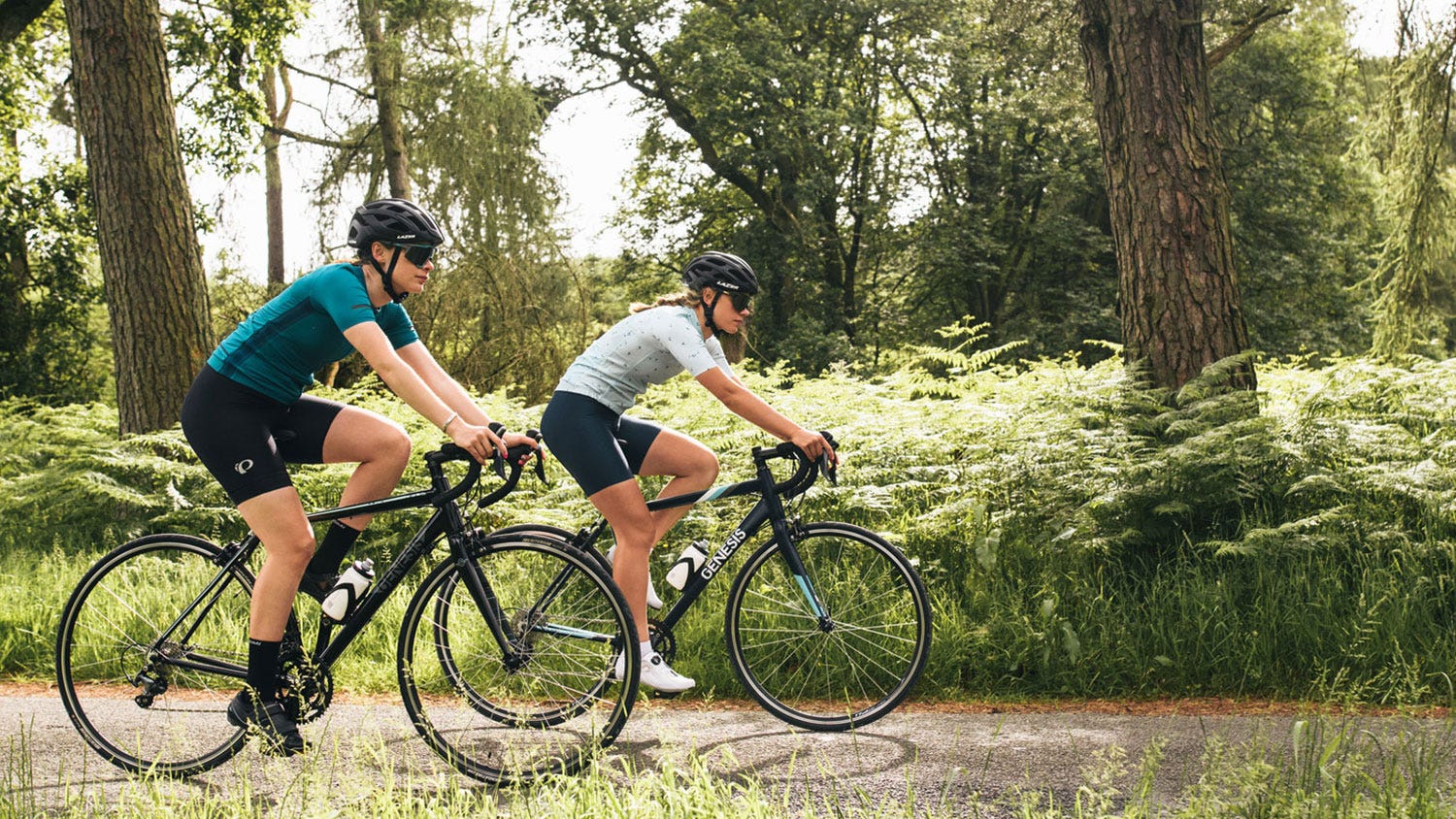
There’s no point in worrying however, as we’ve put together this extensive buyer’s guide to help you find your perfect road bike. From the frame materials to the overall geometry, we’ve got it all covered in this handy info guide…
Road Bikes
Before you can begin searching for your perfect road bike, you need to understand what one is exactly, and how it’s different to other kinds of bicycles. Road bikes are specifically designed for riding on the road, with skinny tyres, lightweight frames and aerodynamic geometry all helping you to go that little bit faster on the tarmac.
There are different kinds of road bikes out there, from out-and-out road race bikes with compact geometry and super-lightweight frames, to sportive road bikes with relaxed geometry and slightly heavier but more robust frames.
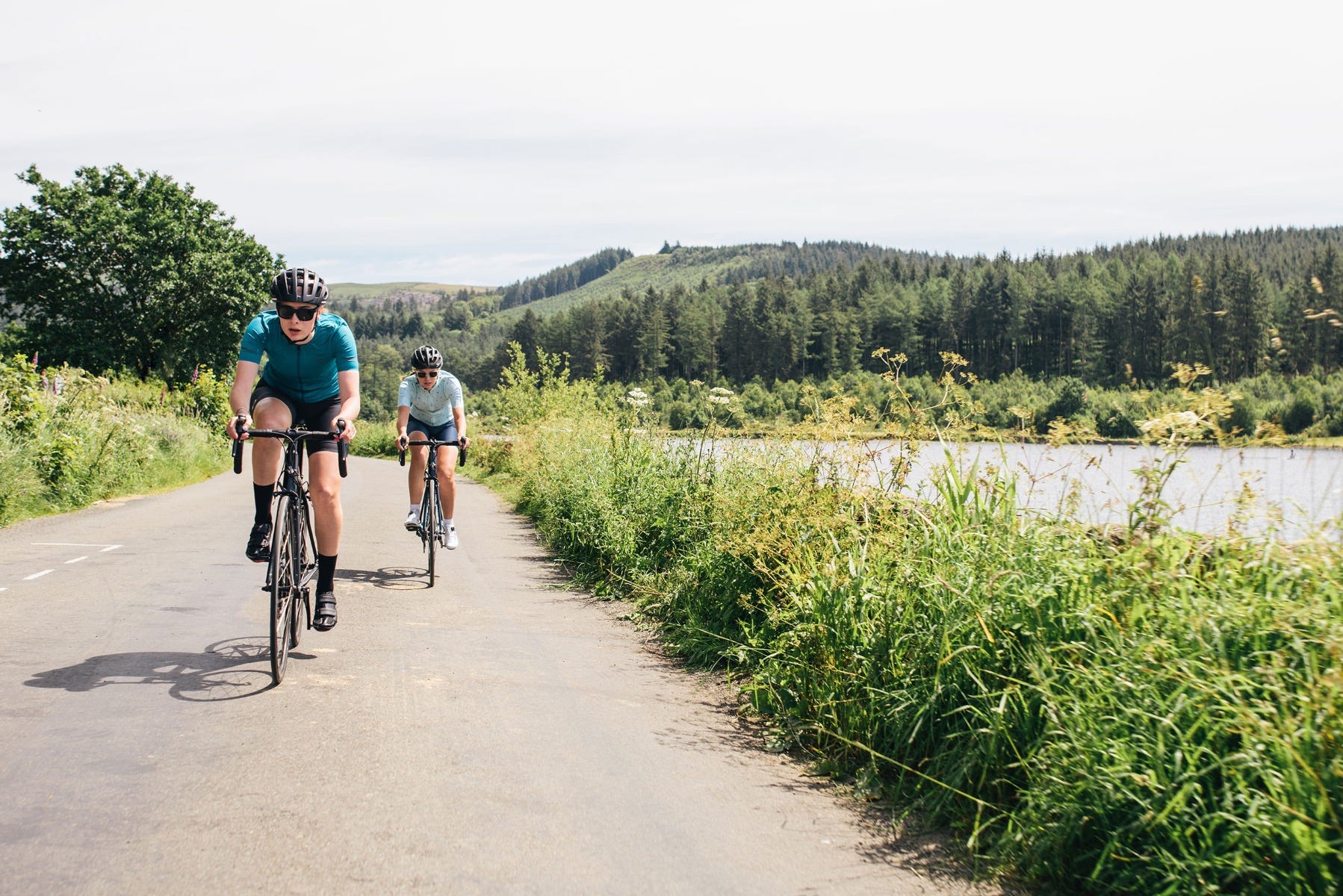
Which kind you go for is entirely up to you and largely depends on the type of road riding you plan on doing. If you’re eager to race and complete long sportive rides, then you might just want to opt for a bike that combines aspects from both a race bike and a sportive bike. Now you know what a road bike is, it’s time to look at some of the key factors that you’ll want to consider before taking the plunge and buying one.
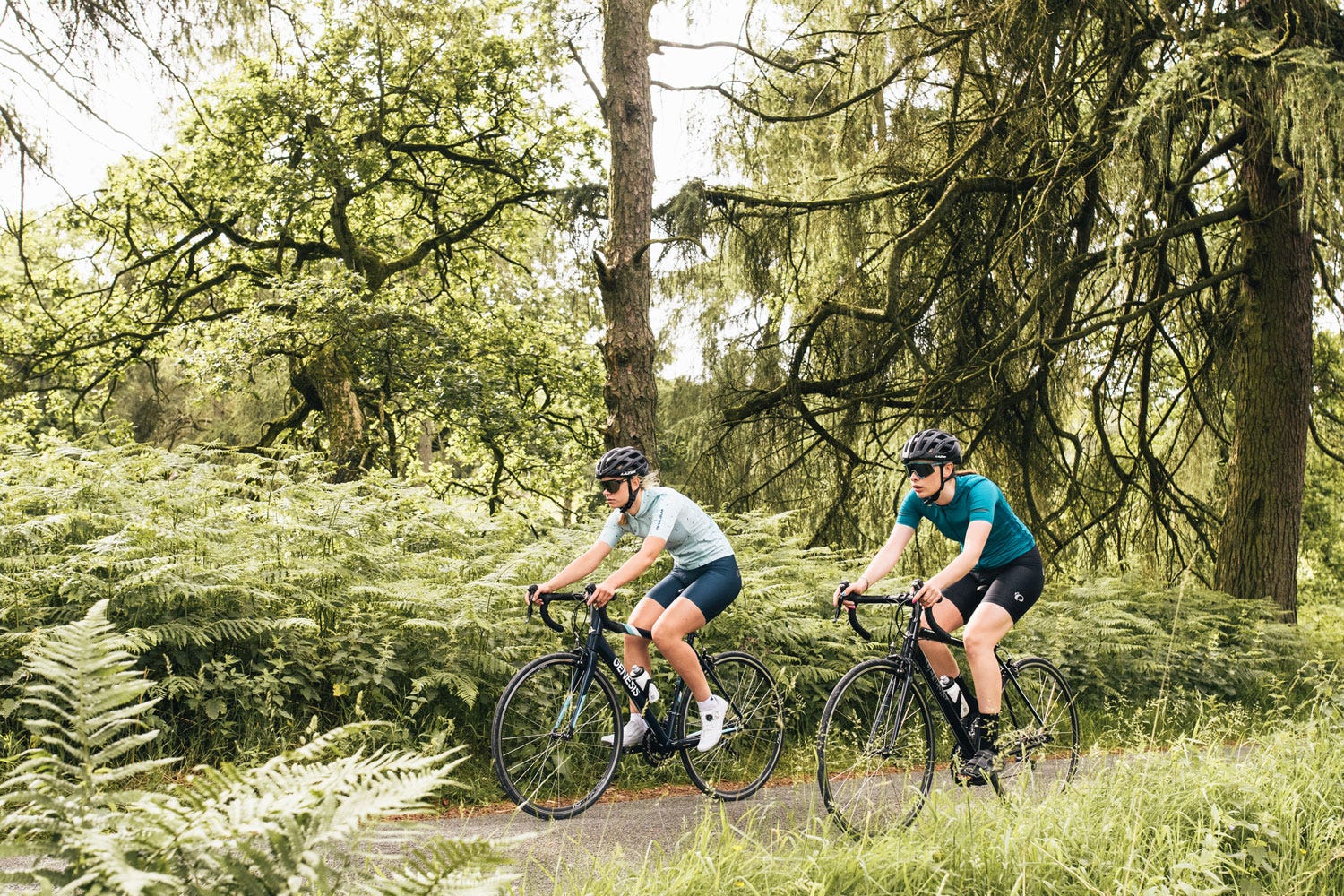
Finding The Perfect Size And Geometry
Finding a bike that fits you is crucially important, not only will it help you ride more comfortably, it’ll also help to deliver power to the pedals more efficiently. We have a rough size guide here to help make this an easy process, however these can differ from model to model so it is always best to try the bike out at your local Freewheel store.

Geometry is a little different to fit and something that you might just want to take into account before choosing a certain size. Different frame geometries can change the size somewhat, so make sure you familiarise yourself with an example of one of our geometry charts here.
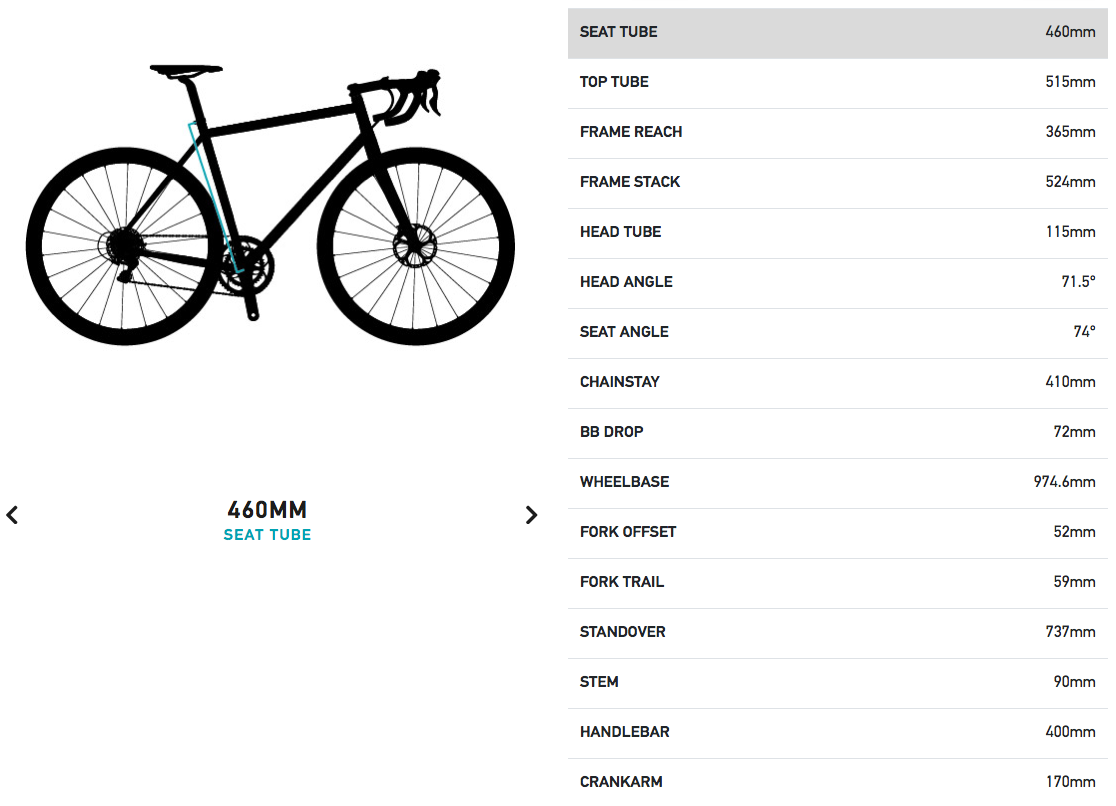
A bike’s geometry determines how it feels while riding on the road. A relaxed geometry will encourage a more upright and comfortable riding position, perfect for riding long distances. A compact geometry, on the other hand, will help you to adopt a tighter and more aerodynamic position on the bike. This position trades comfort for speed – perfect for road racing, but not long-distance riding. There are many other kinds of geometries, designed for very specific kinds of road riding. These geometries, like adventure geo and climbing geo, help to boost performance and comfort in their respective discipline. Something to consider if you’re planning on a specific kind of road riding.
Frame Materials
When it comes to buying a road bike, one of the biggest choices you’ll make is what frame you’re going to go for. Three of the most common bike frames are:
- Steel
- Aluminium
- Carbon
Each material has its own pros and cons, all of which you’ll have to weigh up before making your final decision.

Steel is the oldest and most reliable frame material out there, a favourite among cycle tourists, custom bike builders and retro-lovers. It might be the heaviest of the three most common frame materials, but it’s durable and easy to repair if damaged. Many also swear by steel’s unparalleled ride quality; thanks to the compliance of the material it can absorb a lot of the road chatter from underneath your wheels, making for one incredibly smooth ride.
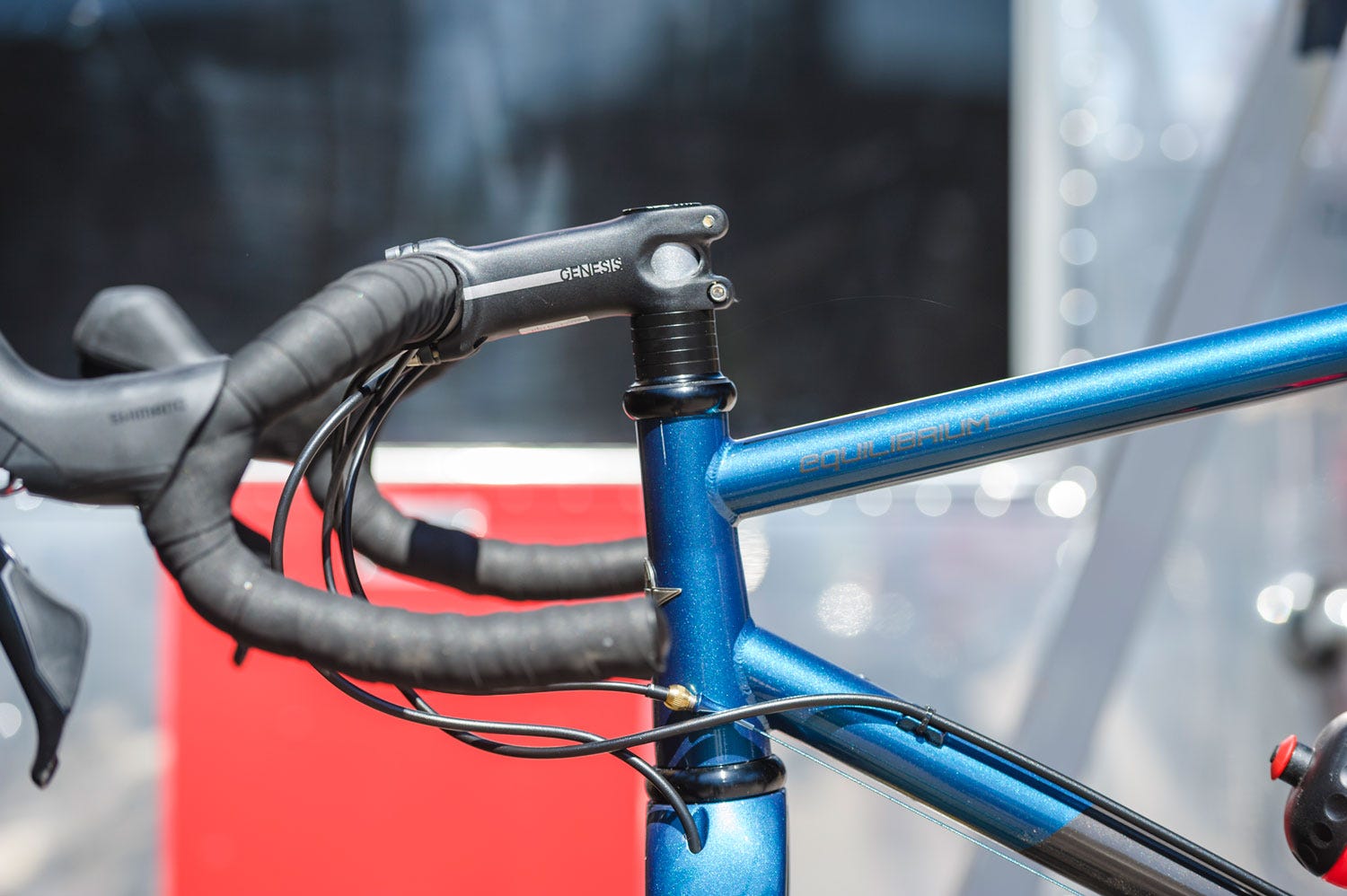
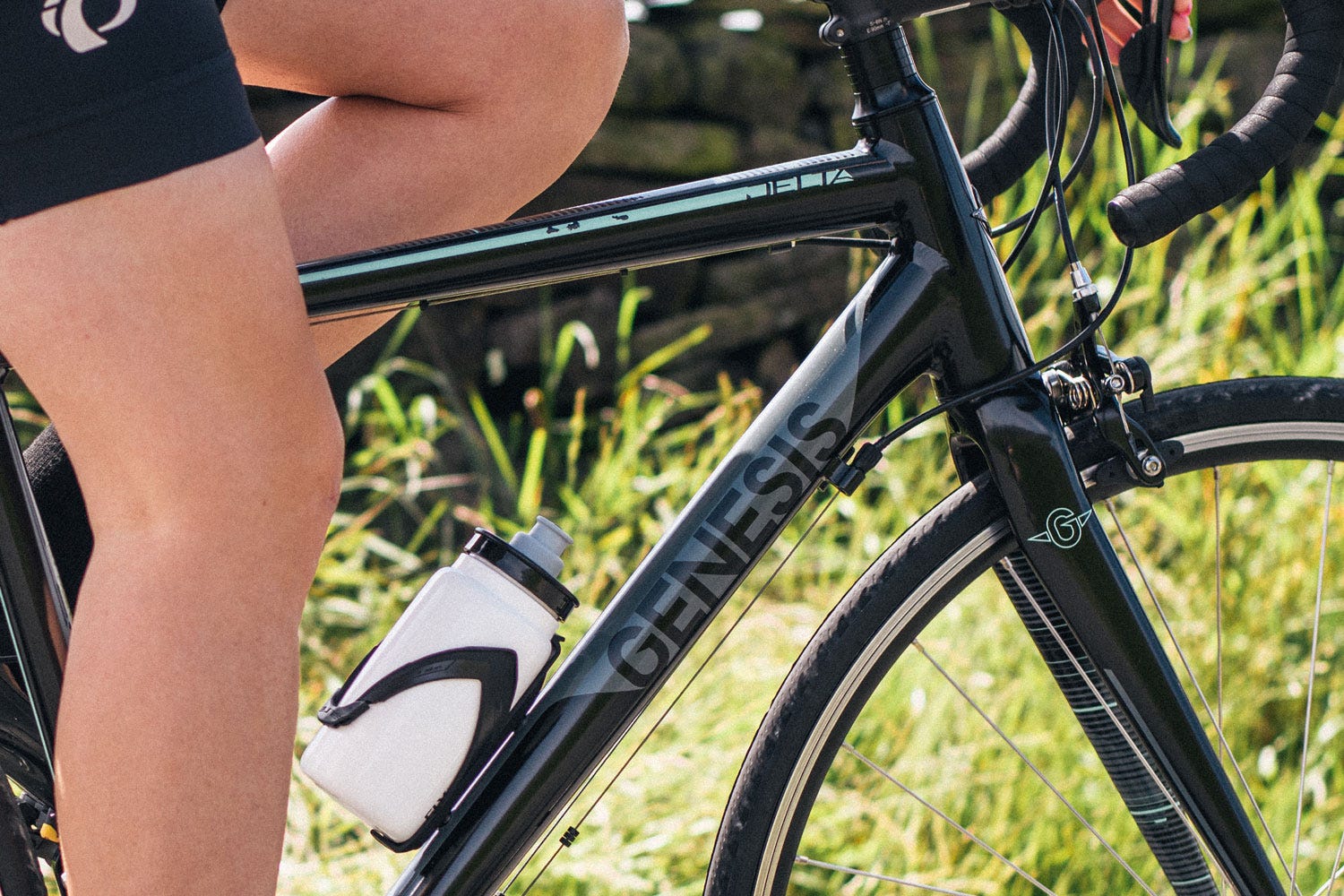
Most entry-level road bikes come with an aluminium frame. This material provides a good balance between performance and affordability, making it the ideal material for those working to a budget. Aluminium is lighter than steel and, in many cases, stiffer as well. It’s not quite as lightweight or stiff as carbon, but it does still feature on many high-performing race bikes – the quality gap between the two materials is shortening every year.
Carbon features on many top-of-the-range road bikes, but it can also be found on some budget options too, particularly in the front fork. It’s the lightest of the three most popular frame materials, as well as the stiffest, making it the perfect choice for those of you looking for an out-and-out race bike. Carbon also has a large amount of compliance, even the stiffest carbon frames. This means that they can be extremely comfortable to ride, many comparable to the smooth ride feel of steel. Speed and comfort do come at a price however, and carbon is often the most expensive of the three popular frame materials.
Groupsets
A road bike’s groupset makes up most of its ‘moving parts’, including everything from the rear cassette to the gear shifters. Groupsets are tiered depending on their price, weight, materials and quality of shifting.
Shimano, for example, have five different road-specific groupsets to choose from:
Sora– the entry-level model, perfect for beginners. 9-speed.
Tiagra– the perfect choice for those looking for a crisper shift feel and extra sprocket, without the high-end price tag. 10-speed.
105– this mid-range groupset has all the same shifting benefits of Ultegra and Dura Ace, it just weighs slightly more. 11-speed.
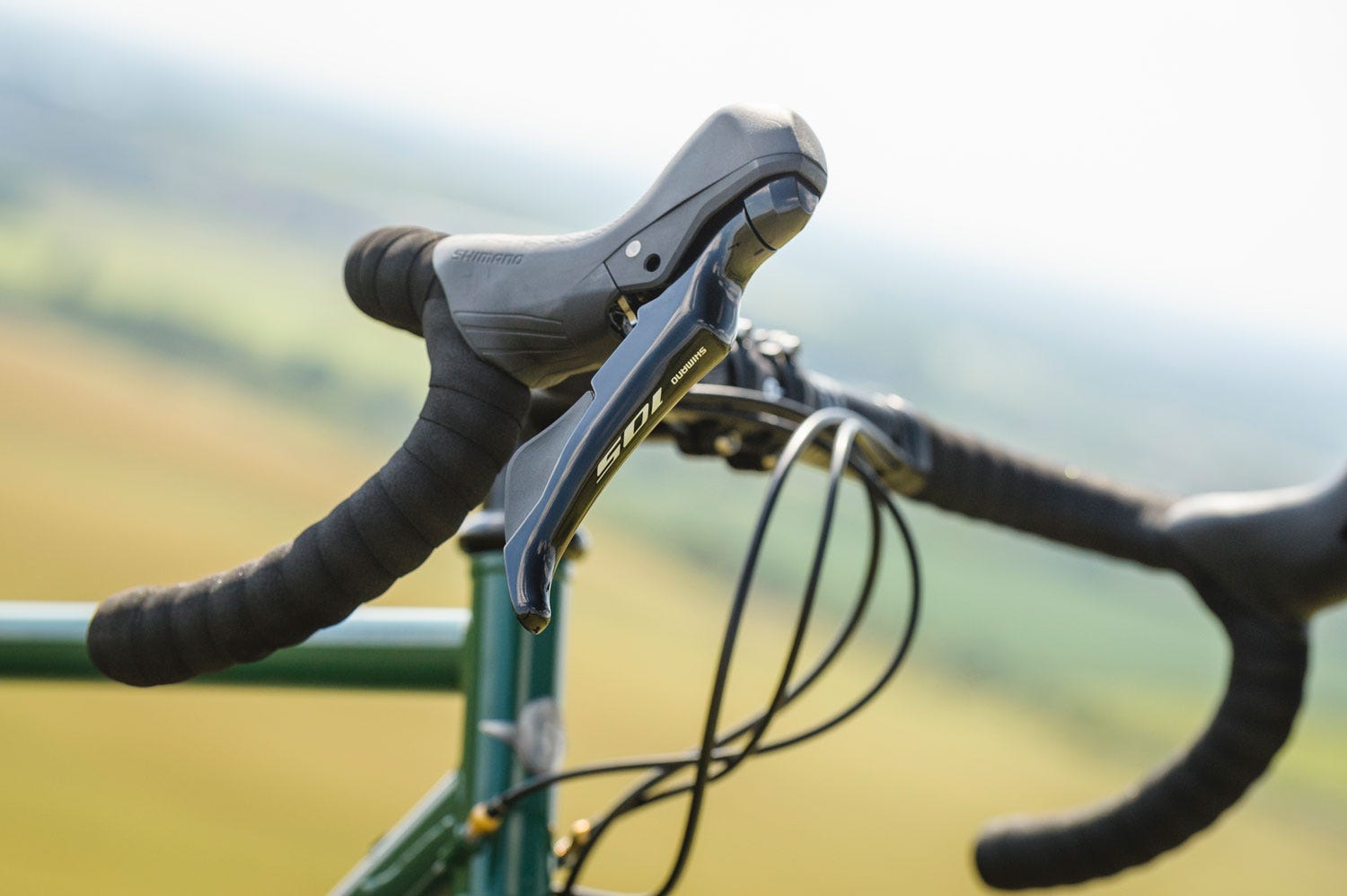
Ultegra– popular among amateur racers, this groupset offers the kind of high-end shifting needed to win races. 11-speed.
Dura Ace– often reserved for those with a professional racer’s budget, this groupset boasts the best mechanical shifting performance that Shimano offer. 11-speed.
Shimano Di2–this groupset upgrade is an electronic version of either Ultegra or Dura Ace. 11-speed.
Most bikes come pre-equipped with a specific groupset that often reflects the overall price, but some do offer a degree of customisation, giving you the choice of which groupset you want adorning your new machine. The number of ‘speeds’ a groupset has refers to the number of sprockets, or gears, on the rear cassette. The more gears there are, the smaller the gap is between each one, meaning it’s easier for you to find that perfect gear. Fewer gears doesn’t necessarily result in a smaller range however, it’s just the jumps between each one will be a little larger, making it tricky to find that perfect gear in certain scenarios. Other key groupset manufacturers are Campganolo and SRAM. These companies have a similar array of groupset options, that are more-or-less equivalent to Shimano’s range.
Disc Or Rim Brakes?
You’ll hear this question batted around many cycling circles once you start riding on the road, some swearing by their traditional rim brakes while others defend the new disc brake trend. Both have their pros and cons. Disc brakes are incredibly consistent, delivering powerful stopping power in both wet and dry conditions. They’re also less likely to get bunged up with dirt and grit, which can dramatically lengthen the life of your brake pads. Discs, however, can often be more expensive and are notoriously difficult to maintain, particularly hydraulic disc brakes. Rim brakes, on the other hand, are renowned for being easy to maintain and simple to adjust. They’re also generally cheaper and give you a wider range of wheel upgrade choices. They do suffer, however, in wet and grimy conditions – something you’ll want to consider depending on where you plan on doing the majority of your road riding.
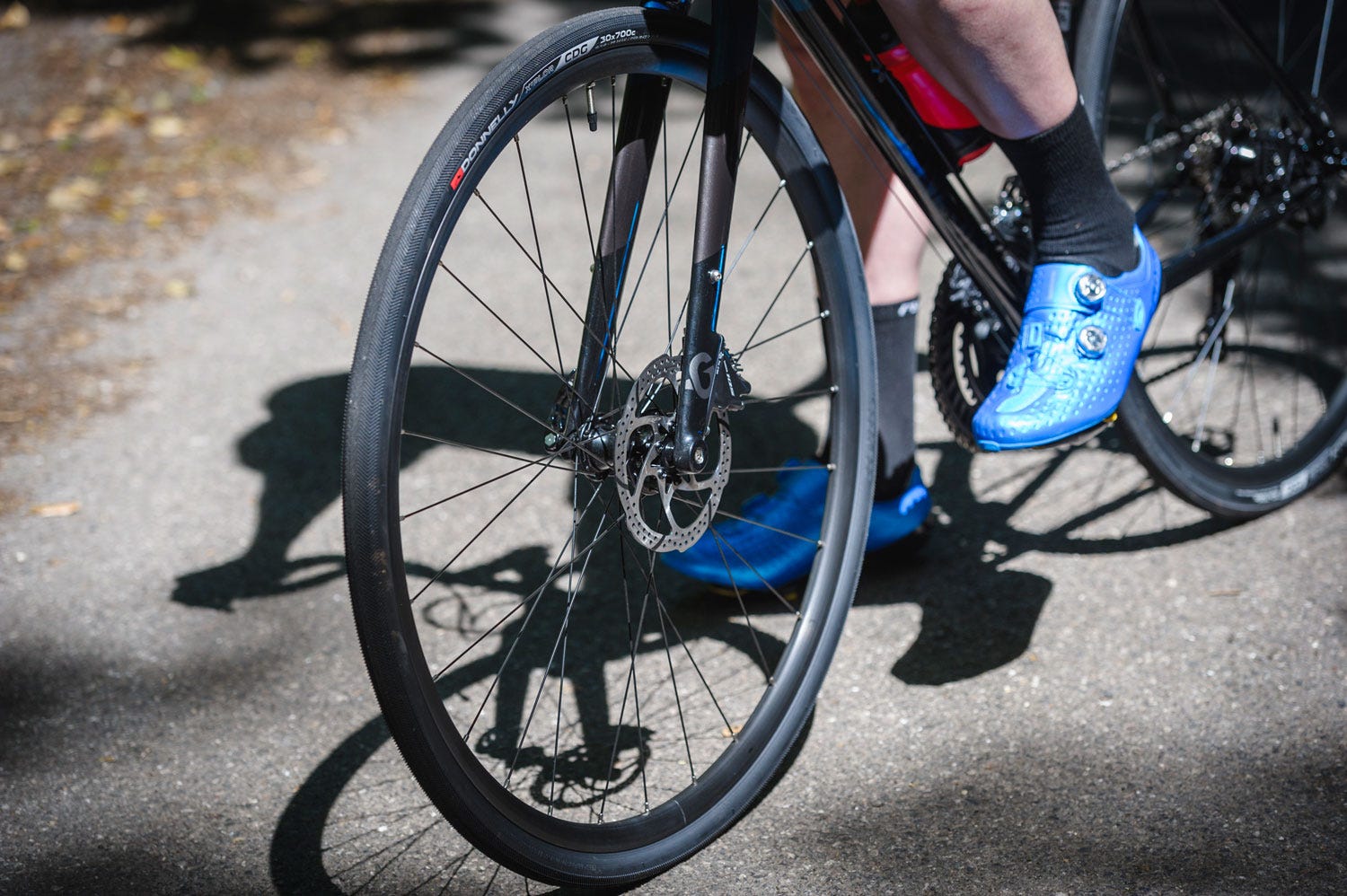
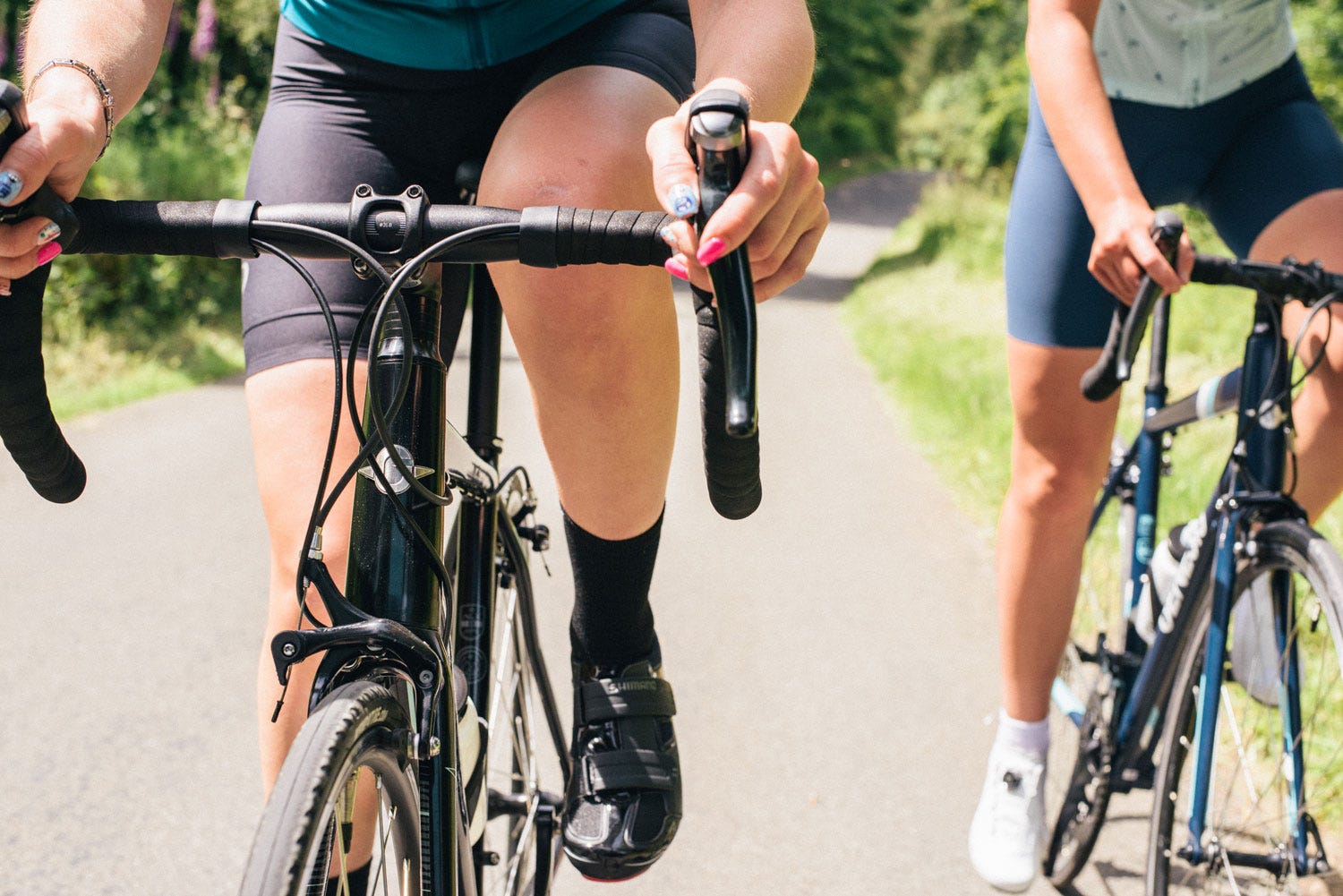
Do Your Research
Spending time researching your road bike choices is half of the fun when it comes to buying a new bike. Pitting bikes against one another will help you to find the one that’s most suited to your riding style. It’ll also help you to decide which features and components you want on your bike, and which ones you don’t. The more time you spend deliberating, the more informed a decision you’re going to make. Finding the ideal road bike doesn’t happen overnight, but with this extensive buyer’s guide at your disposal, it won’t be long now until you discover your perfect bike – happy riding.
